Food is any nutritious substance that people or animals eat to give them energy and building blocks to grow and repair. Our bodies tell us when we need food by feeling hungry. The types of food we eat determine what types of building blocks and energy sources our bodies use.
To better understand food and nutrition….
LET’S BREAK IT DOWN!
The food we eat gives our bodies materials for growth.
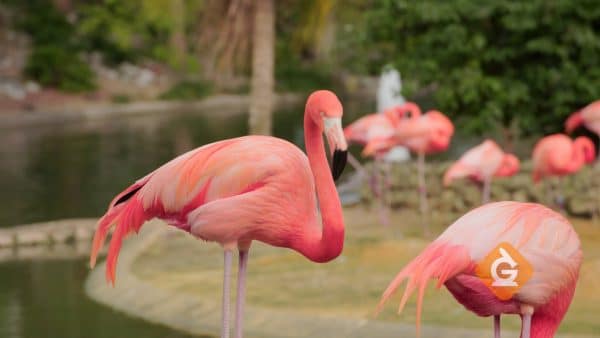
Nearly all our food comes from either plants or animals. After it enters our digestive system, our bodies break it down into useful materials that have two uses.
Growth & repair (getting taller, stronger or mending broken bones), and energy to think, stay warm, and move around.
Flamingos are an excellent example of how food is used for growth. Flamingos like to eat algae which has a lot of beta-carotene, a natural chemical that has a red color. The bird’s digestive system breaks down the algae, which releases the red chemical. The red chemical then gets deposited in the flamingo’s feathers as they grow, giving flamingos a pink color.
If you feed a flamingo food without the natural red chemical, it would not be pink. Even though we are not the color of our food like a flamingo, we are also made up the materials that we have eaten. You are what you eat!
The food we eat gives our bodies energy.
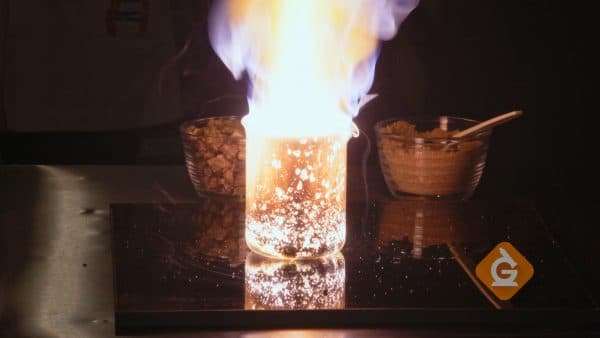
Food also provides us with energy to move and stay warm. We can conduct experiments with food to show that it has stored energy by mixing it with an oxidizer and setting it on fire.
An oxidizer is a chemical that provides a lot of oxygen to help things release energy. The ability of food to burn shows that it contains stored energy.
The amount of energy and types of nutrients we get is determined by the types of foods we eat. Whole or natural foods contain lots of important nutrients. Unhealthy foods do not.
For example, broccoli contains carbohydrates, calcium, protein, fiber, iron, and vitamins. You need all these things to help you grow. Candy contains just sugar.
Energy from our food comes from the sun!
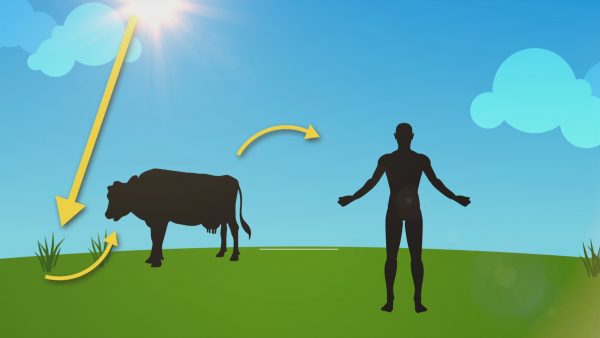
All the energy we get from food can be traced back to the sun.
The sun’s energy is transferred to plants, which use it to convert water and carbon dioxide into sugars. That process is called photosynthesis. Plants are then eaten by animals, which are eaten by larger animals.
Through this process, the energy from the sun is transferred from one living thing to another.
For example, a plant captures energy from the sun through photosynthesis, and then the plant is eaten by a caterpillar. The caterpillar gets eaten by a turkey, and we eat the turkey for dinner. The whole process is powered by the sun.
What is (or isn’t) food?
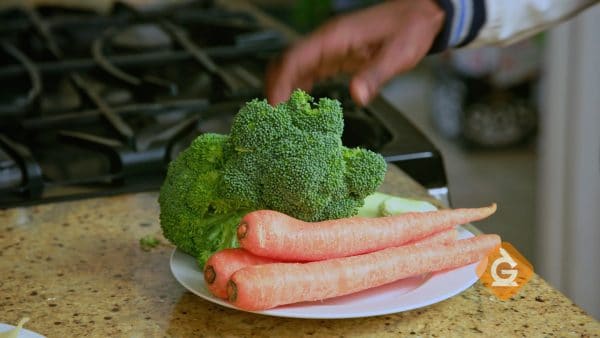
For something to qualify as food it must give us building blocks to grow and repair AND energy.
Wood is from trees, which is a plant, but it is not food for humans because we cannot break it down and use it for energy.
Leather is from a cow, which is an animal. It can be used for food, but it wouldn’t taste very good.
Vitamins give us building blocks to grow and repair, but they do not give us energy so technically, vitamins are not food.
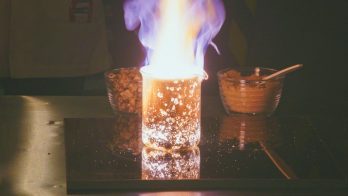
































































































































 Select a Google Form
Select a Google Form









